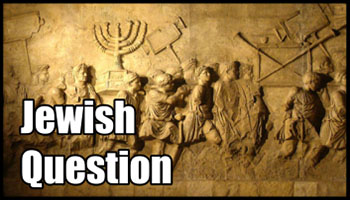Description
By Frederick A Ober. Aztec legends warned of the fearsome return of a white, bearded god from across the seas who would destroy their civilization. This prediction came true with the arrival on American shores of Hernando Cortés.
Leading a small band of ruthless, determined Spaniards, Cortés and hundreds of thousands of Indian allies marched into the Aztec capital city Tenochtitlan, and, after incredible adventures, finally laid waste to that metropolis and rebuilt it into modern-day Mexico City.
This is the full, incredible-but-true story of how a few hundred Europeans overturned history. Important revelations in this book include:
– That smallpox was brought to the Americas not by Europeans, but a Negro in Spanish service; and
– That despite propaganda about “guns and steel,” the Spaniards would not have succeeded in overthrowing the Aztec Empire had the surrounding Indian tribes, long victims of their cruel neighbors, not provided hundreds of thousands of warriors in the final sacking of Tenochtitlan.
This is one of the most astonishing stories ever told from the era of European expansion into the New World.
Cover image: Detail of the statue of Cortés at his birth town of Medellin, Spain.
CONTENTS
I. In Spain and Hispaniola (1485-1511)
II. With Velasquez in Cuba (1511-1518)
III. Cortés Sets Out for Mexico (1519)
IV. The Great Battle of Tabasco (1519)
V. In the Plumed Serpent’s Land (1519)
VI. An Alliance with the Totonacs (1519)
VII. Cortés Destroys His Fleet (1519)
VIII. Encounters with the Tlascalans (1519)
IX. A Massacre in the Holy City (1519)
X. In the City of Mexico (1519)
XI. At Montezuma’s Court (1519)
XII. Montezuma a Prisoner (1519-1520)
XIII. An Invasion by Narvaez (1520)
XIV. The Spaniards Meet with Disaster (1520)
XV. The Midnight Retreat from Mexico (1520)
XVI. Siege of the Aztec Capital (1521)
XVII. Montezuma’s City Destroyed (1521)
XVIII. The Colonization of Mexico (1521)
XIX. A Perilous Expedition (1524-1526)
XX. Last Voyages and Last Days
Indexed, Illustrated.
148 pages. Paperback.
About the author: Frederick Albion Ober (1849–1913) was a self-educated American naturalist who won fame exploring the Lesser Antilles, where he discovered 22 bird taxa. Two of these, the Lesser Antillean flycatcher and the Montserrat oriole – were named in his honor. He then journeyed through central America researching the history of that region, an adventure which provided the material for a number of highly successful books. He was elected a member of the American Antiquarian Society in 1893, and was a co-founder of the Explorers Club.



























